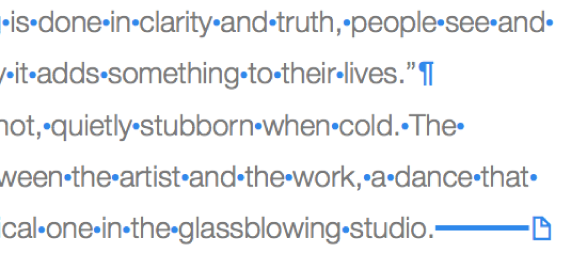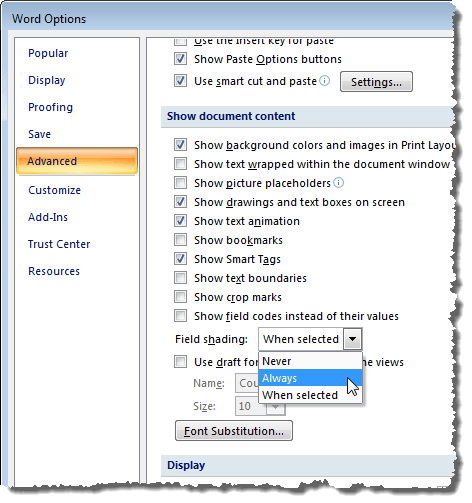

- #Reveal codes in word on mac for mac#
- #Reveal codes in word on mac code#
Newly Admitted International Students - What's Next. Appointment/Offer Letter - Terms Explained. Upload Supplemental Application Materials. Resources for US-PAK Knowledge Corridor Students. Graduate Enrollment for Ohio University Employees. #Reveal codes in word on mac for mac#
MS Word Training for Mac Subsite navigation
Institutional Review Board/Human Subjects Research. Research Colloquia and Seminars Calendar. Voinovich School of Leadership and Public Affairs. Multicultural Student Access and Retention (OMSAR). Lesbian, Gay, Bisexual & Transgender Center (LGBT). International Student and Faculty Services. Global Affairs and International Studies. Center for Campus and Community Engagement. Career and Leadership Development Center. Baker University Center and Event Services. 
If you are using Word 2002 or 2003, the Reveal Formatting task pane remains on the screen until you either display a different task pane or dismiss the task pane all together. You can either click on a different character to see more formatting information, or you can press Esc to make the balloons go away.

If you are using Word 97 or Word 2000, you have two options at this point. This task pane shows all the same information that is in the balloons used in earlier versions of Word, but provides the added feature of allowing you to modify formatting, as desired. If you are using Word 20, the Reveal Formatting task pane is displayed at the right side of the screen. The balloon contains detailed information about the formatting of the character you pointed to, as well as the paragraph in which the character appears. When you do this, Word 97 and Word 2000 display a "balloon" that looks like the dialog balloons used in some cartoons.
Point to the character or paragraph in question and click the mouse button. (You can also choose What's This? from the Help menu.) This causes the mouse pointer to change to an arrow with a question mark beside it. You can do this by following these steps: The closest you can get to the reveal codes is to display the complete formatting information that Word is applying to a character or paragraph. The reason is because there are no such codes. It is essentially impossible to have stray or unused formatting codes in your text, as you can in WordPerfect. In Word, basically "what you see is what you get." If something is formatted as bold text, it appears as bold text. Instead, Word tracks the paragraph and character formatting applied to every character in the document, without the need to worry about "start codes" or "end codes." Thus, the formatting is not within the "text stream," as it is in WordPerfect. The file format used in Word stores formatting information in a different portion of the file than the text to which that formatting is applied. This is because Word treats text and formatting completely independent of each other. In fact, you can insert a "start code" in your text, and if you don't insert an "end code," (or if you delete the "end code" without deleting the "start code") the rest of the document is formatted according to the lone "start code." You can select and delete these codes, just as you would any other character. #Reveal codes in word on mac code#
These are the code markers that are visible when you display the reveal codes window. These are actual codes, inserted in the actual text. When you format some of your text, a "start code" is inserted at the beginning of the selection, and an "end code" is inserted at the end. WordPerfect essentially treats text and formatting the same. Suffice it to say that they are just different than each other. I won't try to convince anyone that one approach is better than the other both have their pros and cons. The reason is because there is a core difference between how documents are formatted in Word and WordPerfect, and each takes a totally different approach to text in general. They do not understand why there is no comparable function in Word. I get many people who write and express frustration because they miss the "reveal codes" feature they were used to in WordPerfect.







 0 kommentar(er)
0 kommentar(er)
